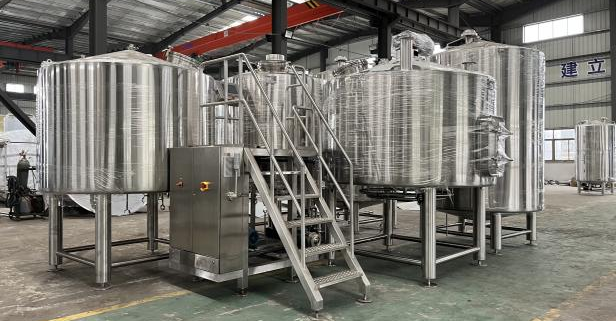How to Choose Beer Fermentation Equipment
What Is Beer Fermentation Equipment?
Fermentation is the magical moment in brewing when yeast meets wort and converts sugars into alcohol and carbon dioxide. But that can only happen inside a piece of equipment specifically built for the job: the fermentation vessel. So when we say “beer fermentation equipment,” we’re really talking about the tanks, systems, valves, and tools that keep the brew at the right temperature, allow gases to escape, and prevent contaminants from sneaking in.
Now, this isn’t just about tossing liquid into a tank and waiting. Modern beer fermentation equipment is engineered with precision. We’re talking stainless steel fermenters with pressure control, temperature regulation, and CIP (clean-in-place) systems. Whether you’re running a microbrewery out of your garage or a commercial operation brewing thousands of gallons a week, this equipment is your MVP.
And let’s be honest—this gear isn’t cheap or plug-and-play. It’s an investment. Choosing the right fermentation equipment isn’t just about capacity; it’s about efficiency, cleanliness, consistency, and ultimately, flavor.
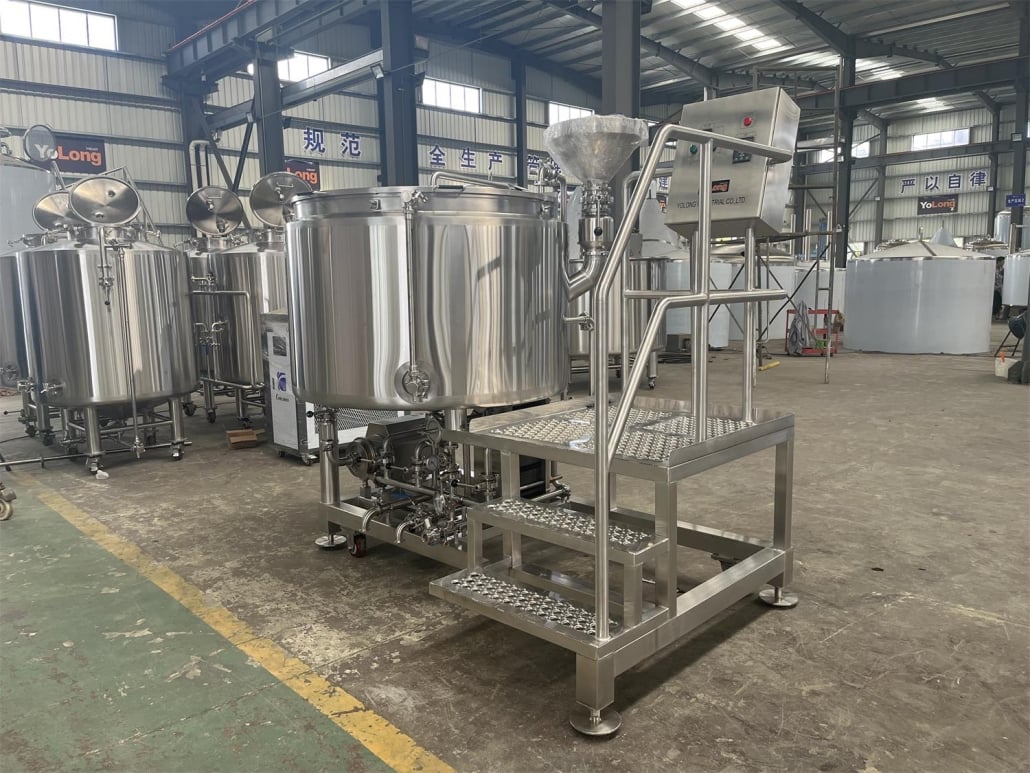
Types of Fermentation Equipment: From Homebrewers to Pros
When it comes to fermentation equipment, one size definitely doesn’t fit all. Here’s a look at the most common types you’ll come across and what makes each one unique.
Stainless Steel Conical Fermenters
These are the gold standard. You’ll find them in most professional breweries. Their cone-shaped bottom allows yeast and trub (that gunky sediment) to collect neatly at the bottom for easy removal. With features like glycol jackets for precise temperature control and sample valves for testing, these fermenters are powerful, durable, and sanitary.
Plastic Bucket Fermenters
Perfect for beginners or homebrewers, plastic buckets are budget-friendly and easy to use. They usually have a simple lid with an airlock and a spigot for bottling. Downsides? They can stain, absorb odors, and aren’t the easiest to sanitize.
Glass Carboys
Aesthetic? Yes. Functional? Also yes, but with caveats. Glass carboys are great because they don’t scratch and harbor bacteria like plastic can. They’re clear, so you can see fermentation in action. But they’re heavy and breakable, which makes cleaning a chore.
Unitanks
Unitanks are the multitaskers of the beer world. These professional-grade fermenters double as both fermenting and conditioning tanks. They save space and reduce the need to transfer beer between vessels, which lowers contamination risk. They come with everything from carbonation stones to sample ports.
Pressure Fermenters
These are a newer innovation. They allow brewers to ferment under pressure, which helps retain hop aroma and allows CO2 to carbonate naturally. They’re perfect for lagers or highly carbonated ales.
How to Choose the Right Equipment: Factors That Actually Matter
Buying fermentation equipment isn’t like picking out a new pair of socks. There are some major considerations that could impact your brewing quality, workflow, and even regulatory compliance.
Batch Size and Space
Start with your output. Are you brewing 5 gallons or 5,000? Your fermenter needs to accommodate at least 20-30% more than your batch size to leave room for krausen (foam). Don’t forget ceiling height and door width when bringing in those massive conical tanks.
Material Matters
Stainless steel is the king here—easy to clean, durable, and neutral in flavor. Plastic is okay for hobbyists. Glass is more niche. And copper? Not really used anymore due to corrosion issues.
Temperature Control
If you can’t control fermentation temperature, you’re not in control of your beer. Look for glycol-jacketed tanks or fermenters that can connect to cooling coils or temperature controllers.
Cleaning and Maintenance
CIP-ready tanks save hours and reduce contamination risks. Look for sanitary welds, tri-clamp fittings, and easy-access ports.
Budget and ROI
Yeah, top-tier unitanks are dreamy, but if you can’t afford them, consider modular systems that you can upgrade over time. Evaluate your goals: Are you selling your beer or brewing for friends?
Legal Compliance
If you’re selling beer, you need equipment that meets food safety standards and local regulations. Don’t skip this!


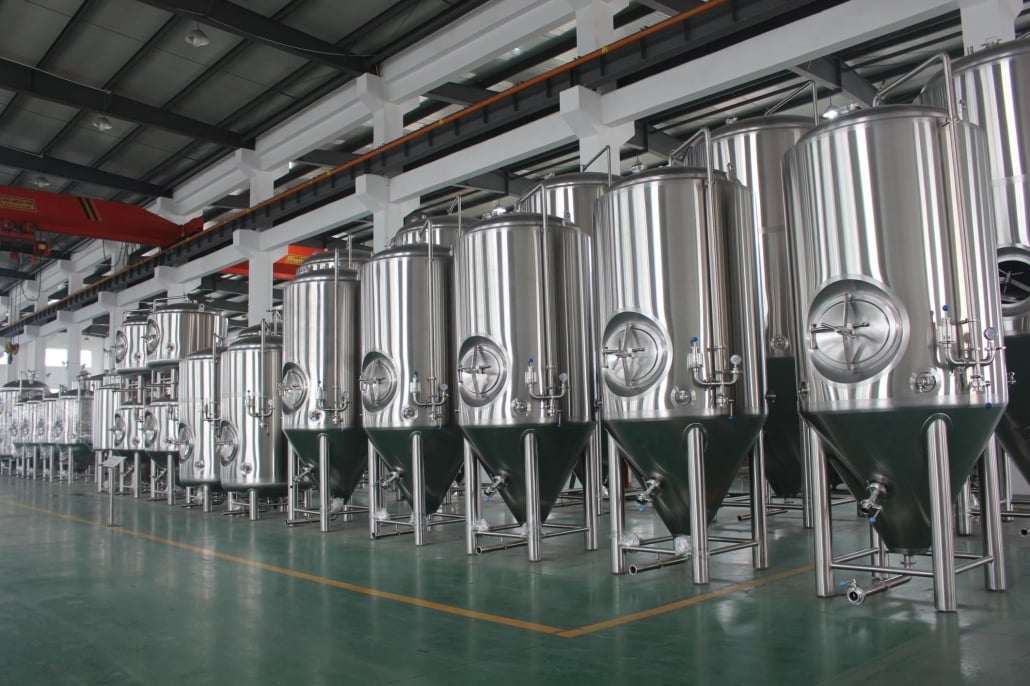

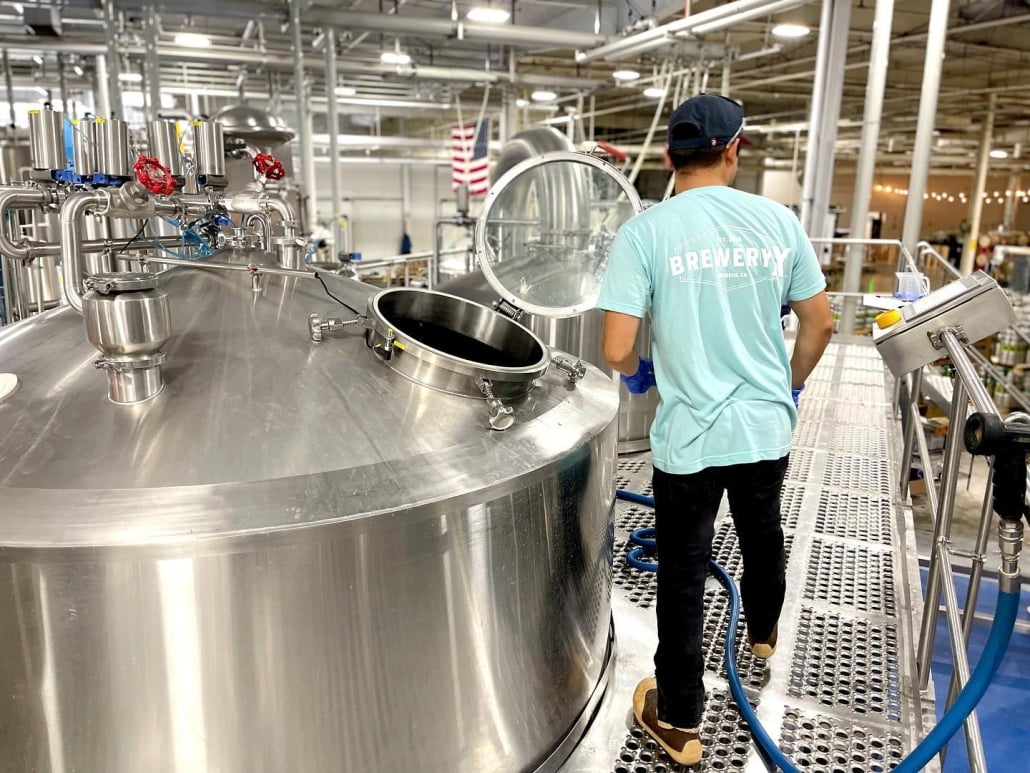
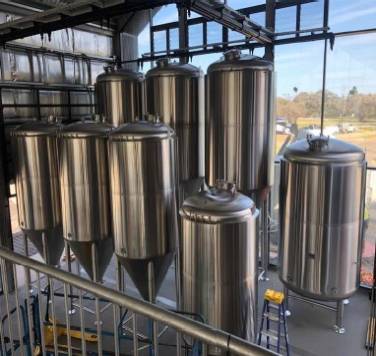
Case Studies and Real-World Use Scenarios
Let’s look at how different brewers are using their fermentation equipment:
Backyard Brewer: Sarah’s Setup
Sarah is a weekend warrior who brews IPAs and sours in her garage. She uses two 6.5-gallon plastic buckets with stick-on thermometers and a fermentation fridge. It’s low-budget but produces surprisingly tasty beers.
Nano Brewery: Hop ‘n Barrel
This small brewery in Colorado runs on five 3-barrel stainless steel conical fermenters with glycol jackets. They invested in pressure fermenters for lagers and have a mobile app to monitor temperatures remotely. Their sales doubled in 18 months.
Craft Brewery: Redwood Brewing Co.
A mid-sized operation using 20-barrel unitanks with fully automated temperature and pressure controls. Their brewers can carbonate and package in the same tank, slashing production time by 30%.
Maintenance & Cleaning Tips: Keep It Clean or Ruin the Beer
Fermentation is a sensitive process. Even a tiny contaminant can ruin your entire batch. So how do you keep things spotless?
Routine Cleaning Schedule
Clean immediately after use. Always. Dried krausen is harder to remove and invites bacteria.
Use the Right Chemicals
Use peracetic acid, PBW (Powdered Brewery Wash), or caustic cleaners based on your fermenter type. Avoid bleach if you’re using stainless steel.
Don’t Forget the Small Parts
Valves, gaskets, and airlocks are common contamination points. Soak and scrub them thoroughly.
Invest in CIP Systems
CIP (Clean-In-Place) systems circulate cleaning solutions automatically. They’re a game changer for consistency and labor savings.
Inspect Regularly
Check for scratches, dents, and worn-out gaskets. These can harbor bacteria and compromise sanitation.
Comparison of Fermentation Equipment by Features and Parameters
| Equipment Type | Ideal For | Cost Range | Pros | Cons |
|---|---|---|---|---|
| Stainless Steel Conical | Craft & Commercial | 100 – 9000 | Durable, easy to clean, pro features | Expensive, heavy |
| Plastic Bucket | Beginners, Homebrew | 9 | Cheap, easy to use | Stains, scratches, low durability |
| Glass Carboy | Homebrew Enthusiasts | 90 | Clear, non-porous | Breakable, hard to clean |
| Unitank | Commercial | 5000 | Combines fermenting & conditioning | High upfront cost |
| Pressure Fermenter | Advanced Brewers | 500 | Natural carbonation, better hop aroma retention | More complex, safety checks needed |
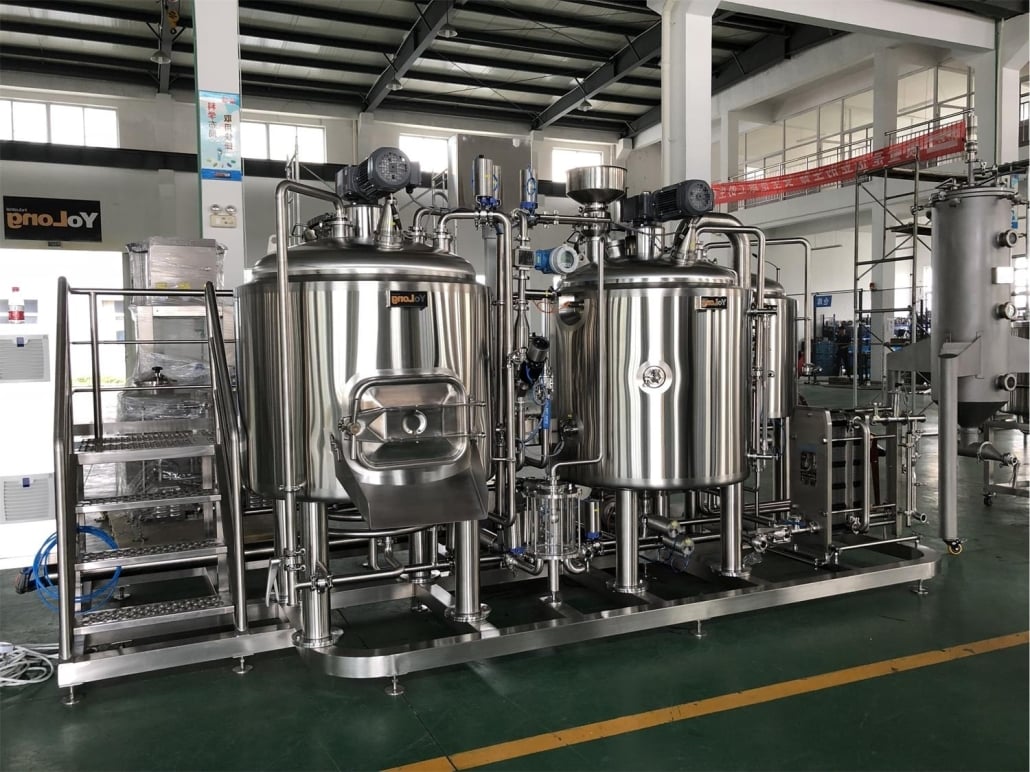
FAQ
| Question | Answer |
|---|---|
| What size fermenter do I need for 5 gallons of beer? | At least 6.5 gallons to allow room for foam and CO2. |
| How long does fermentation take? | Typically 1-2 weeks, depending on beer style and yeast strain. |
| Can I ferment in a plastic bucket long-term? | Not ideal. Plastic degrades over time and can harbor bacteria. |
| What’s the best material for fermenters? | Stainless steel, hands down. It’s durable, easy to sanitize, and inert. |
| Do I need temperature control? | Absolutely. Temperature affects yeast behavior and final beer taste. |
| How do I clean my fermenter? | Use brewery-grade cleaners like PBW, rinse thoroughly, sanitize before use. |
| Can I carbonate beer in a fermenter? | Yes, if you’re using a pressure-rated vessel like a unitank or pressure fermenter. |
| Is glass better than plastic for small batches? | Glass is cleaner and clearer, but plastic is easier and safer to handle. |

